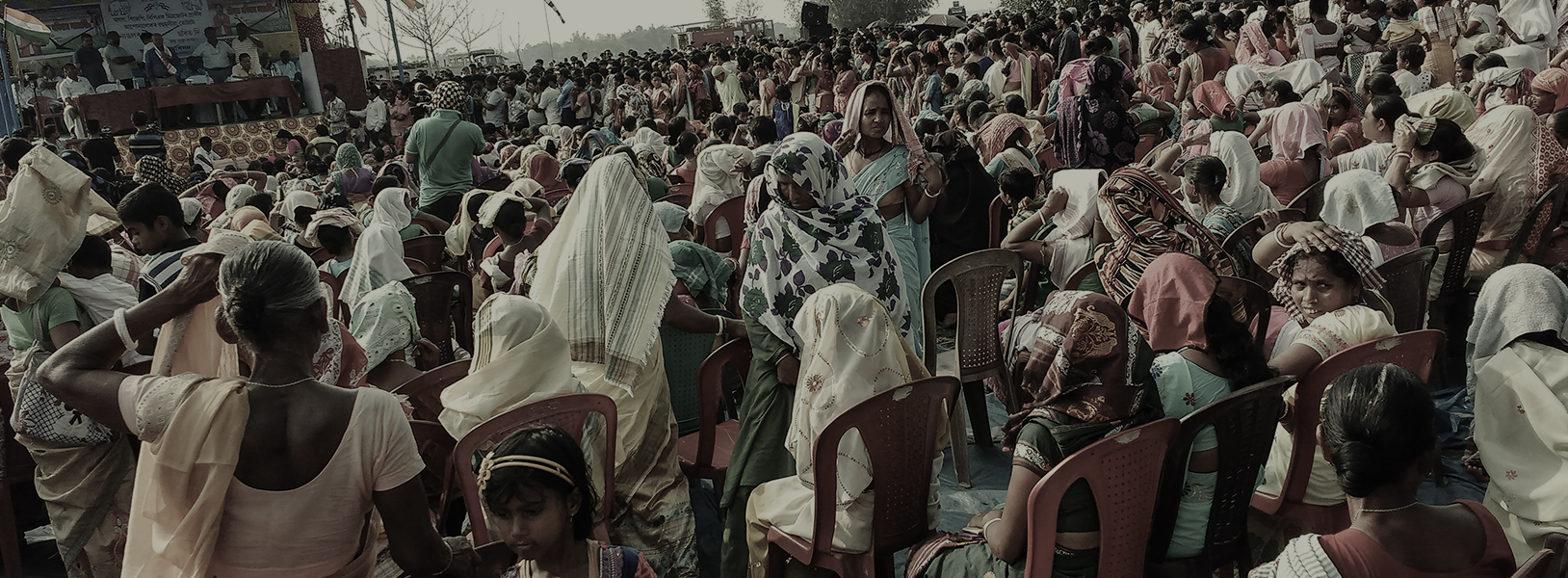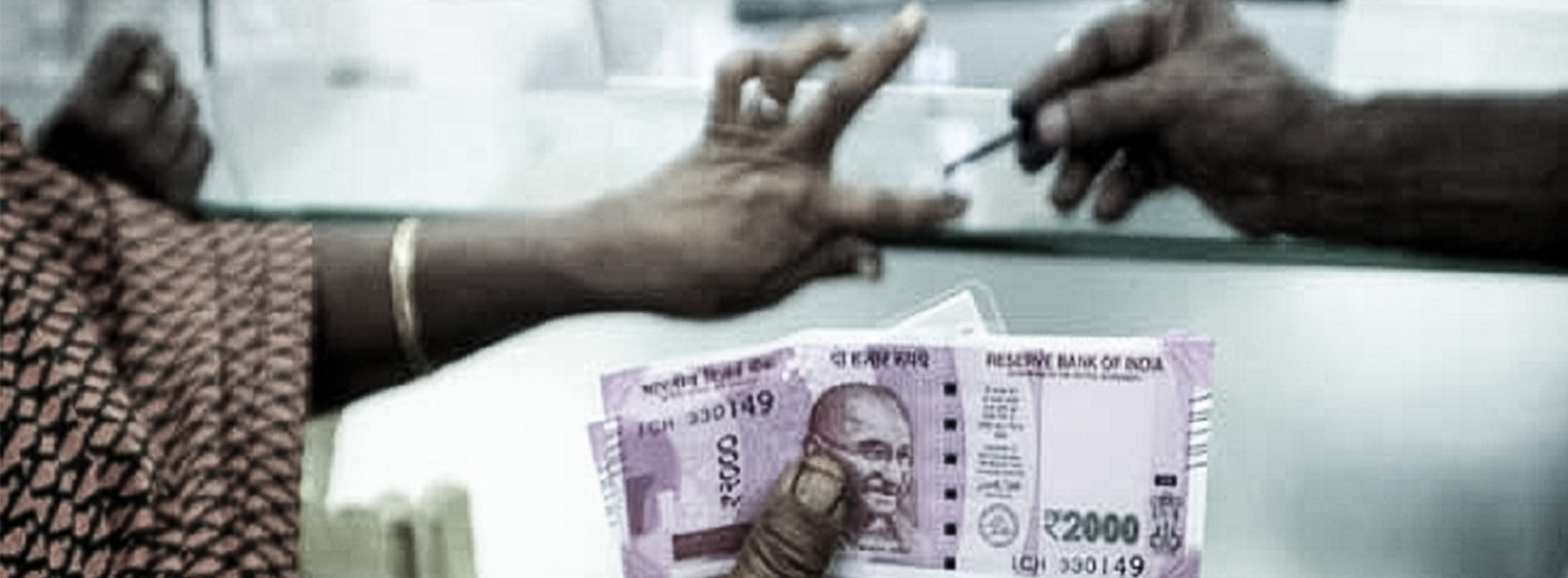
IN CONVERSATION WITH LAVANYA RAJAMANI
PARIS AGREEMENT CLIMATE RESEARCH
What is the Paris Agreement?
The international climate change regime consists of the 1992 United Nations Framework Convention on Climate Change (UNFCCC), the 1997 Kyoto Protocol and the decisions taken by Parties under these instruments. Although these instruments are important first steps towards addressing climate change and its impacts, they are widely regarded as inadequate to meet the climate challenge. The Convention and its Kyoto Protocol do not include greenhouse gas (GHG) mitigation obligations for developing countries, some of which, like China, now have emissions to rival developed countries. And, several developed countries have withdrawn from the Kyoto Protocol, in particular its second commitment period.
At the Durban Conference in 2011, Parties to the UNFCCC launched a process, known as the Ad-Hoc Working Group on the Durban Platform for Enhanced Action (ADP), to negotiate a new climate agreement by 2015 that would come into effect from 2020. The 2015 Paris Agreement is the result of this four-year negotiating process, and is expected to govern, regulate and incentivise the next generation of climate actions.
Why is the Paris Agreement significant?
The Paris Agreement represents a historic achievement in multilateral diplomacy. Negotiations rife with fundamental and seemingly irresolvable disagreements wound their way to a successful conclusion in Paris on 12 December 2015. These negotiations, driven by unprecedented political will–over 150 heads of States attended it–were expected to reach an agreement. However the fact that they reached a finely balanced and robust agreement, despite the many crisscrossing red lines of Parties, is a testament to the powers of multilateral diplomacy.
The Paris Agreement is significant for the political will it harnessed and for the sense of ownership it instilled in all countries. Unlike the divisive Kyoto Protocol, the Paris Agreement places requirements on all Parties in relation to GHG mitigation and adaptation to the adverse effects of climate change. 189 states covering over 95% of global emissions have submitted nationally determined contributions in the context of the Paris Agreement.
What are the key pillars of the Paris Agreement?
The Paris Agreement contains aspirational long-term goals of stabilising temperature rise (‘well below 2°C’ and to aspire to 1.5°C) that provide a direction of travel for the climate change regime. It combines these long-term temperature goals with binding obligations of conduct for States in relation to GHG mitigation, including obligations to communicate nationally determined contributions every five years, and to pursue domestic measures to achieve them. States have autonomy in the form and stringency of their contributions but States are expected to ensure that their successive national contributions represent a progression from their previous ones.
These contributions are paired with an oversight system consisting of three components–a transparency system which ensures countries are doing what they agreed to do, a global stock take process that periodically assesses collective progress towards the Agreement’s long term goals, and a compliance system that facilitates compliance with the Agreement.
Such an ambitious framework, applied uniformly, would have acted as a straitjacket for developing countries like India. But the Paris Agreement, in a negotiating coup for India, is firmly grounded in the principle of common but differentiated responsibilities and respective capabilities. The agreement is peppered with references to this principle, particularly the crucial articles that set the long-term temperature goal and frame the implementation of the entire agreement. Further, the agreement recognises that the global temperature goal must be achieved in the context of sustainable development and poverty eradication, and that developed countries should lead in mitigation efforts and continue to provide financial resources to developing countries. It also clearly recognises that enhanced support for developing countries will allow for higher ambition in their actions.
For more on the key pillars of the Paris Agreement, see ‘Ambition and Differentiation in the 2015 Paris Agreement: Interpretative Possibilities and Underlying Politics’ (2016) 65 International & Comparative Law Quarterly 493.
Is the Paris Agreement a legally binding agreement?
The Paris Agreement is a ‘treaty’ under the Vienna Convention on the Law of Treaties. It is a legally binding instrument that will apply to those states that have expressed their consent to be bound by means of ratification, acceptance, approval, or accession. Although the instrument is a legally binding one, provisions within it have differing legal character, some with greater legal force and authority than others.
The legal character of a provision refers to the extent to which the provision creates rights and obligations for Parties, sets standards for State behavior, and lends itself to assessments of compliance/non-compliance and the resulting visitation of consequences. If the provisions of the Agreement are examined through these lenses, it is clear that many of the obligations contained in the mitigation and transparency sections of the Agreement are binding obligations, albeit of conduct rather than result. And, many of the provisions in the adaptation section, for instance, are soft obligations or merely hortatory.
For more on the legal character of the provisions of the Paris Agreement, see ‘The 2015 Paris Agreement: Interplay Between Hard, Soft and Non-Obligations’ (2016) 28(2) Journal of Environmental Law 337-358.
Does the Paris Agreement recognise the human rights implications of climate change?
It is now ‘beyond debate’ that the adverse effects of climate change will, in their severity, threaten a range of human rights, including the rights to life, health, food, and housing. There is also a dawning recognition that measures taken to mitigate and adapt to climate change have the potential to impinge on human rights. Even with nationally determined contributions from 189 States, the chances of stabilising temperature increase at 2°C or 1.5°C–at which level the adverse effects of climate change are manageable–are limited.
The need to prepare for severe adverse effects, recognise their impact on threatened human rights and to address these, is gathering tremendous significance. Yet, until recently, no legally binding international climate instrument explicitly recognised the existence of intersections between human rights concerns and climate change. The 2015 Paris Agreement, in a marked departure from earlier climate change instruments, contains an explicit reference, albeit in the preamble, to human rights. In addition it recognises special interests and vulnerabilities, and is implicitly attentive to the need to create enabling socio-economic conditions for the effective protection of human rights.
For more on the human rights dimensions of the Paris Agreement, refer to the upcoming book chapter by Lavanya Rajamani, titled, Human Rights in the Climate Change Regime: From Rio to Paris and Beyond, in John Knox and Ramin Peja (eds), The Human Right to Environment (forthcoming 2017).
What are the implications of this agreement for India?
The Paris Agreement requires India to submit its national contribution every five years, ensuring that each contribution is a progression on the previous one. It also requires India to report periodically on its actions to achieve and implement its contribution. In addition, India should ‘strive’ to submit long-term low-GHG development strategies within which these national contributions will sit.
These requirements, albeit process requirements, will press India to think more thoughtfully and strategically about its energy, environment and development policy, and translate this strategic thinking into directed interventions domestically. It will also require India to significantly enhance its capacity to collect and generate rigorous data–data that can stand the test of international technical expert reviews–on the achievement and implementation of its national contributions.
India needs to participate proactively and thoughtfully in the post-Paris negotiations. Although the Paris Agreement agreed on the broad contours of the oversight system, much of the detail is yet to be negotiated. India has a compelling interest in having a rigorous oversight system.
India and its economic growth are vulnerable to climate change. In the absence of a rigorous oversight system, India will be left with an imperfect method of ensuring that other countries are keeping their promises, the world as a whole is moving in the right direction, and countries are sharing the burden equitably.
In relation to transparency, India needs a system that is rigorous yet tailored to India’s capacity constraints. In relation to the global stock take process we need consideration of equity. India could introduce benchmarks–qualitative and quantitative–in the global stock take process. In assessing collective progress towards long-term goals, this would cast light on the relative sharing of responsibilities between Parties.
This is key for countries like India with limited historical responsibility for climate change, low per capita emissions, high energy poverty and much of our growth ahead of us. It is only if we participate thoughtfully in the post-Paris negotiations on the oversight system that we will have a system that strikes the right balance between rigour for all and flexibility for those who need it, like India.
When is the Paris Agreement expected to enter into force? And, by when should India ratify this agreement?
The Paris Agreement will enter into force when 55 countries accounting for 55% of total GHG emissions have ratified or otherwise accepted it. Ratification of the Paris Agreement, like its signature on April 22 by a record-breaking 175 countries, including India, signals a sense of ownership, commitment, good faith and continuing engagement. There is gathering momentum towards early entry into force of the Paris Agreement. Twenty countries have ratified the Agreement, several others including Australia, Canada, China and the US have promised to ratify in 2016. Brazil and the EU have pledged to initiate domestic processes to do so.
India’s ability to participate effectively in the post-Paris negotiations will be influenced by its approach to the ratification of the Paris Agreement. The French and the Moroccans (hosts of the 2015 and 2016 Conferences) have reassured States that those who do not ratify the Paris Agreement immediately will not be excluded from the creation of the Paris rule-book. However, the grace period is unlikely to extend beyond 2017.
There will inevitably emerge a distinction between those who have ratified or are in the process and those who have not. India should ratify, engage and be part of the virtuous cycle of ever-increasing engagement. In any case there is a limit to how much we can extract in diplomatic terms for our ratification given entry into force will not hinge on India’s emissions. The Agreement will enter into force when 55 countries accounting for 55% of global emissions have ratified or otherwise accepted the instrument. India’s emissions are only 4.1% of global emissions (for entry into force purposes). But, our early ratification could generate good will that will enhance our ability to influence the post-Paris agenda.





